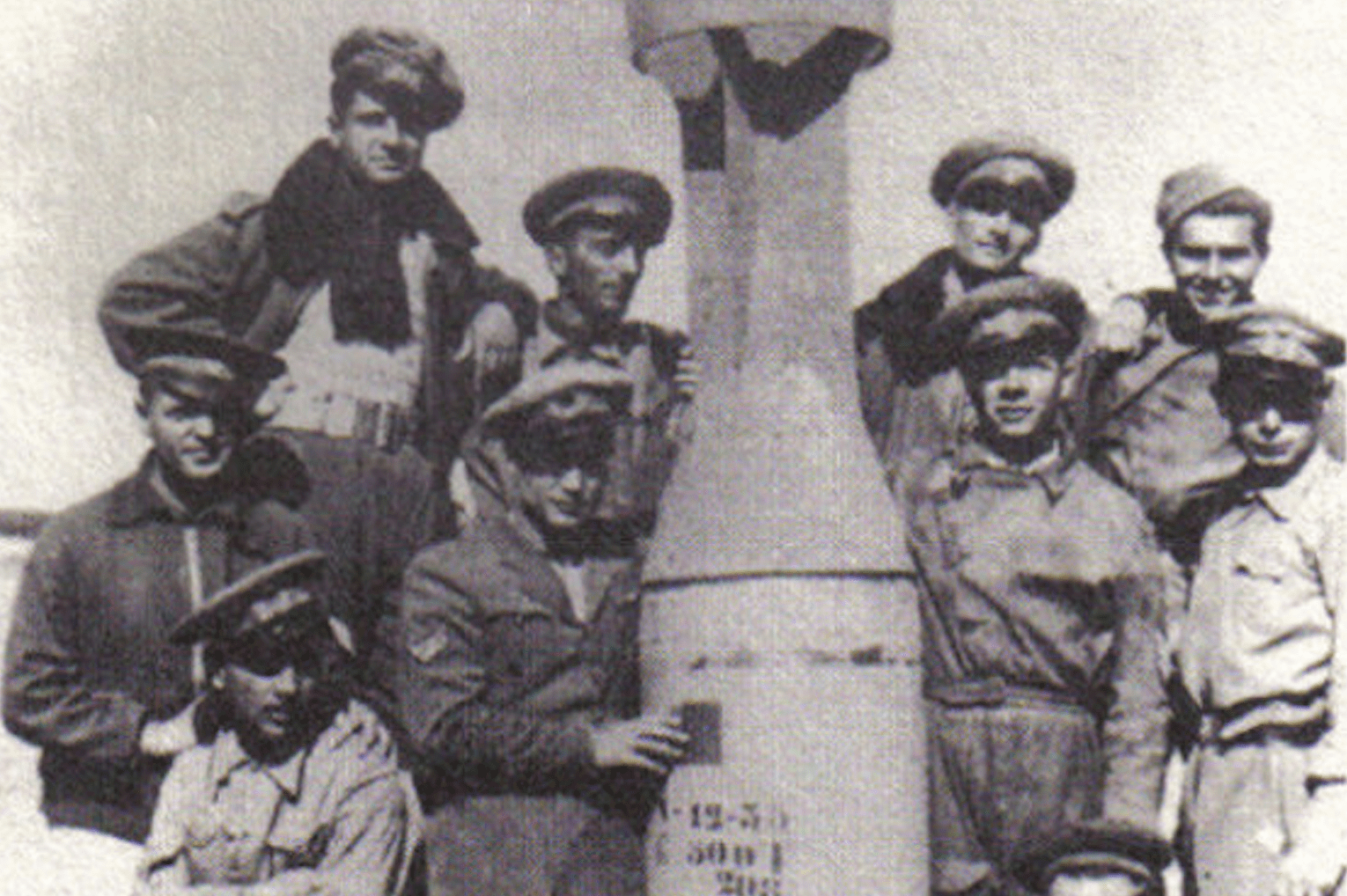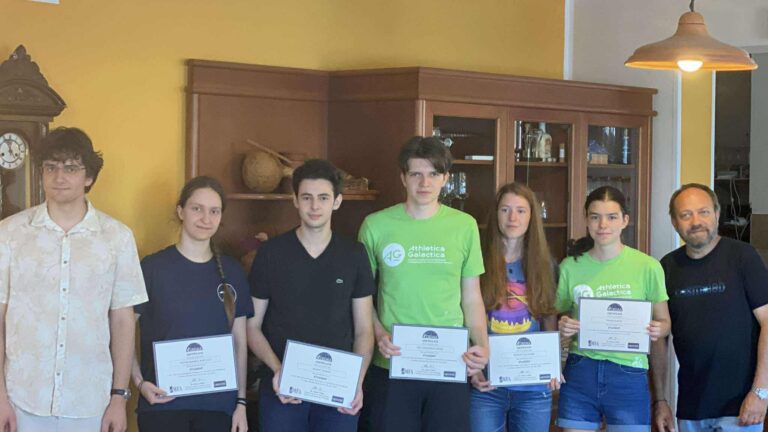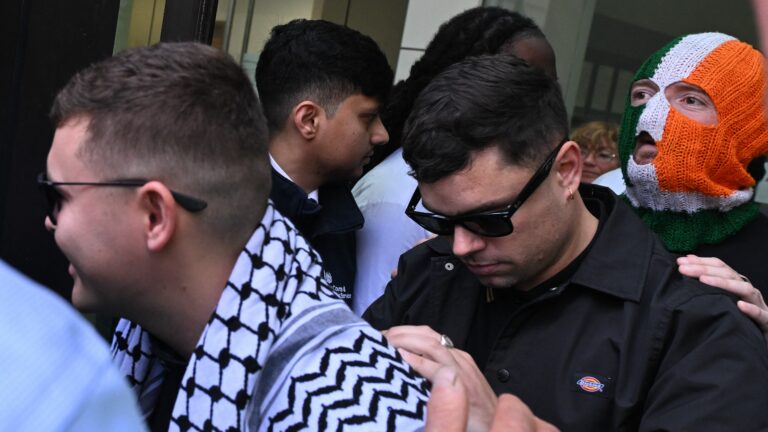Today marks the 77th infamous anniversary of the invasion of Ethiopia—also called Abyssinia—by Benito Mussolini’s Italy. The Italian Fascists killed, even with gas, about a million Orthodox Christians in total, including women and children, and destroyed thousands of churches and over one and a half million homes.
As explained in Ethiopian and Eritrean Monasticism: The Spiritual and Cultural Heritage of Two Nations, what made these atrocities worse than, for example, the Armenian genocide, which killed approximately one and a half million Christians, is that Mussolini’s operations had the approval of a good part of the Italian Catholic hierarchy.
Numerous Italian bishops—almost all pro-Mussolini—saw the conquest of Fascist Italy in Abyssinia as a missionary enterprise.
The Archbishop of Taranto, Ferdinando Bernardi, in a speech of 23 February 1936 justified the Fascist invasion of Ethiopia by saying: ‘The Italian victory would have opened Ethiopia, a country of infidels and schismatics, to the expansion of the Catholic faith; therefore, the war against Ethiopia should be considered as a holy war, as a crusade.’
The Bishop of San Miniato, Ugo Giubbi declared to the Duce that ‘for the victory of Italy the Italian clergy is ready to melt the gold of the churches and the bronze of the bells.’[1]
The Cardinal Archbishop of Milan, (Blessed) Alfredo Ildefonso Schuster, speaking in his Cathedral on 28 October 1935, praised the Italian armed forces as ‘The gallant army which, imbued with obedience to the command of the homeland, is opening the doors of Ethiopia to faith and the Roman civilisation.’[2]
The paradox is that Ethiopia as a nation, called Axum in Antiquity, was civilised and Christian before the inhabitants of the Italian peninsula—Ethiopia, under King Ezena, accepted Christianity c. 330 AD,[3] while Rome did not until 380 under the Emperor Theodosius I. Of the atrocities committed, one of the most shameful ones was the slaughter of nearly three thousand Ethiopian monks and pilgrims at the Debre Libanos Monastery on 30 May 1937, ordered by the Viceroy Rodolfo Graziani. This gave rise to holy men, of notable mention, Abune Petros.
Abune Petros—Martyr of Justice and Mercy
Abune Petros (1882 – 30 July 1936) was born as Hailemariam, which means power of (the Virgin) Mary. He received his education at the Debre Libanos Monastery, where he professed his monastic vows in 1916. In 1924, he was assigned as chief instructor to the Debre Maryam Monastery in Ziway. Because of his renowned intellectual gifts, preaching, devotion, and intimacy with the Imperial family, he was elected as one of four native Ethiopian clerics to be consecrated bishops at the Monastery of St. Mark in Alexandria in 1928, and thereby became known as Abune Petros.[4]
Abune Petros assisted Emperor Hailé Sellassié in taking care of the wounded at the northern front of the country. When the emperor was forced to leave Ethiopia, Petros remained behind and went to Debre Libanos to sustain and encourage his fellow patriots to continue fighting for their independence. He was baffled as to how a Christian country like Italy would occupy another peaceful Christian country like Ethiopia in such a brutal manner. He held that ‘all Christians were brother and sister pilgrims helping each other in this world on the way to meet God in Heaven.’
Although Petros had personally joined in the plots against the Fascists in Addis Ababa, he preached the words of God and peace to both Ethiopian and Italian soldiers. At the same time, he
‘…continued his teachings and preaching to the people to stand up for their beliefs and convictions and that God would visit the downtrodden people of Ethiopia soon. He went on further and preached against Italy’s right to occupy Ethiopia with terror and violence. He exhorted the people not to be afraid of the terror and violence from the occupying army.’
In July 1936, Petros publicly condemned the atrocities committed by the Italians, which included the use of mustard gas, the bombing of Red Cross hospitals and ambulances, the execution of captured prisoners without trial, the Graziani massacre, the killings at Debre Libanos monastery, and the shooting of ‘witch-doctors’ accused of prophesying the end of Fascist rule.[5]

The Italian authorities, recognising Petros’ popularity, knew that he had become the symbol of patriotism and resistance. By this time, since many Ethiopian clergy were coerced, out of fear, to support the occupation of Ethiopia, the Fascists sought to extort Petros’ support. While preaching against the use of chemical warfare in Addis Ababa, Petros was arrested.
In prison, both the priests in the city and the officers of Italy tried to convince him to accept the Italian occupation. They gave him the following ultimatum: he had to stop preaching against the occupying army’s violence and terror against civilians and the patriots, accept the Italian authorities in Addis Ababa, and finally, to condemn the patriots as bandits. Otherwise, he was told, he would lose his life. The holy man refused, saying:
‘The tears of my countrymen caused by your gas and your machines will never allow my conscience to accept your ultimatum. How could I stand before God if I do not condemn a crime of such magnitude?’
On 30 July 1936, he was publicly executed by eight carabinieri in the centre of Addis Ababa. Prior to his execution, he took his hand cross and removed the blue cloth that was wrapped around it and blessed the people at the four corners of the world and said the following last words:
‘My countrymen do not believe the Fascists if they tell them that the patriots are bandits; the patriots are people who yearn for freedom from the terrors of Fascism. The bandits are the soldiers who are standing in front of me and you, who come from afar, terrorise and violently occupy a weak and peaceful country: our Ethiopia. May God give the people of Ethiopia the strength to resist and never bow down to the Fascist army and its violence. May the Ethiopian earth never accept the invading army’s rule.’
Abune Petros was officially declared a martyr of the Ethiopian Tewahdo Orthodox Church. He is venerated on 22 Hamle (29 July). His death encouraged the Ethiopians to continue fighting for their independence and their natural rights. In 1956, a statue of Abune Petros was erected in Addis Ababa ‘as a reminder to coming generations of his unwavering stand for the truth, his unbending courage to stand up against every form of violence against humanity, his integrity, and [his] commitment not to give in for short-term gain or threat.’[6]
[1] Daniel Binchy, Church and State in Fascist Italy, London, Oxford University Press, 1970, 678.
[2] ‘Il dovere civile dei cattolici. Un’omelia del Card. Schuster’, in Annuario Cattolico Italiano, Vol. XV. Milano, Università Cattolica, 1935, 605-630.
[3] cfr. Mario Alexis Portella, Ethiopian and Eritrean Monasticism: The Spiritual and Cultural Heritage of Two Nations, Florence, BP Editing, 2015, 48-51.
[4] Mersha Alehegne, ‘Peṭros’, in Encyclopedia Aethiopica, Vol. 4. Wiesbaden, Harrossowitz Verlag, 2010, 141.
[5] Richard Pankhurst, Italian Fascist War Crimes in Ethiopia: A History of their Discussion, from the League of Nations to the United Nations (1936 – 1949), Northeast African Studies, Vol. 6. East Lansing, 1999, 83.
[6] Portella, Ethiopian and Eritrean Monasticism, 160.








